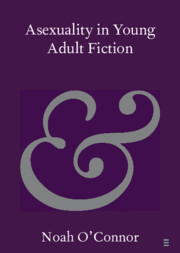Element contents
Asexuality in Young Adult Fiction
Published online by Cambridge University Press: 03 February 2025
Summary
- Type
- Element
- Information
- Online ISBN: 9781009582766Publisher: Cambridge University PressPrint publication: 13 February 2025

